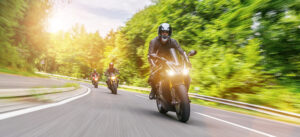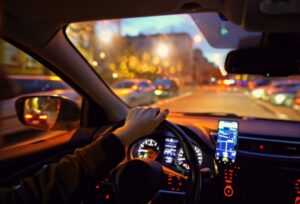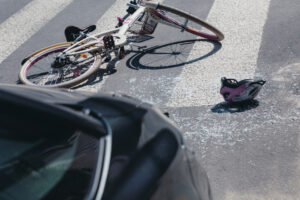Earlier this month, California Highway Patrol chased a Tesla Model S for seven miles down highway 101 with the driver asleep at the wheel.
But how could this happen?
As it turns out, the car was on autopilot while the driver remained “unresponsive” and “asleep at the wheel”
Police, assuming the car was in autopilot model, drove in front of the car, slowly decreasing their speed to force the “driver assist” feature to active on the car, slowing it to a stop to avoid hitting the patrol vehicle.
The Tesla was finally brought to a halt, and its driver arrested on suspicion of driving under the influence.
But – one major problem still concerns authorities…
How could the Tesla keep driving for so long when its “autopilot” feature requires the driver to grab onto the steering wheel every minute? It seems in this case the autopilot either wasn’t working, or the driver found a way around it, according to experts.
“Certainly somebody could defeat the one minute timeout that allows you to put your hands on the wheel and the car could go longer,” Edmunds told news outlets. “Cadillac’s Super Cruise system would not have allowed you to behave this way because Super Cruise does something that Tesla doesn’t do and should do. It has sensors look at your head to see which way it’s pointed to make sure your chin’s up and not down against your shirt, and also looks at your eyeballs to see where they’re looking. So even if you’re head’s up, and you look off to the side, it will warn you and eventually disengage.”
“The fact that it doesn’t monitor the driver’s head position and line of sight is really a major shortcoming,” Edmunds said. “Just because somebody has their hands on the wheel, maybe the guy’s leaning on it, passed out, with just enough force to make it think that he’s got his hands on the wheel. The car isn’t really sure what the driver’s looking at. It doesn’t matter if you have your hands on the wheel or not, it matters if you’re looking out the windshield at the cars ahead.”
Tesla has declined to comment.
Hello, I’m Claude Wyle, a San Francisco car accident attorney. Have an idea for a topic you’d like to see covered here? Feel free to contact me or visit www.ccwlawyers.com

Claude A. Wyle is a partner of Choulos Choulos, and Wyle, a San Francisco based law firm dedicated to representing clients who have been injured by the wrongful conduct of individuals, corporations, public entities, and businesses. Mr. Wyle also frequently sits as a Judge Pro Tem for the city and county of San Francisco.










Comments for this article are closed.